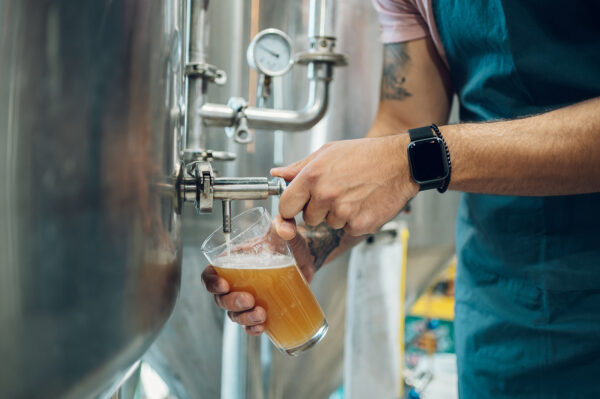This morning, the U.S. Department of Agriculture (“USDA”) released a draft of its interim final hemp rules. The interim rules for hemp production are effective immediately upon publication in the Federal Register, however the published version may include “changes” from the draft Interim Rules.
The published USDA interim rules for hemp production will be effective for two years after publication and then will be replaced by a final rule. After publication, there is a 60-day comment period during which the USDA will take comments on the interim Rules. Interested parties may submit comments by accessing the following link: www.regulations.gov.
While the 2018 Farm Bill (“Farm Bill”) does not preempt a State from enacting rules more stringent than the Farm Bill (e.g., a total ban on hemp production), the Interim Rules set certain baseline requirements that States must follow if they decide to permit hemp production.
What follows are some of the key takeaways from the draft interim rules for hemp:
- Under USDA’s interim rules, hemp will be tested for total THC, derived from the sum of the THC and THCA content rather than merely one or the other as some States currently permit. (p.11)
- The interim rules for hemp incorporate a new measuring standard for evaluating whether a sample contains an “acceptable hemp THC level.” Laboratory reports must now include a measurement of uncertainty, as provided by the testing laboratory. The Interim Rules describe a measurement of uncertainty as a margin of error range, and so long as 0.3% or less total THC is within the distribution or range, then the sample will be considered to be hemp rather than marijuana as defined by the Controlled Substances Act. USDA’s interim rules for hemp provide the following example:
“If a laboratory reports a result as 0.35% with a measurement of uncertainty of +/- 0.06, the distribution or range is 0.29% to 0.41%. Because 0.3% is within that distribution or range, the sample, and the lot it represents, is considered hemp….[h]owever, if the measurement of uncertainty for that sample was 0.02%, the distribution or range is 0.33% to 0.37%. Because 0.3% or less is not within that distribution.”
The interim rules for hemp appear to be silent on whether testing results are required to report beyond on a hundredth of a percent. USDA’s interim rules also do not include a round down or up policy as discussed here. - Laboratories conducting hemp testing now must be registered with the DEA. The rationale for this new requirements is that a laboratory may receive “hot” hemp (i.e., hemp that tests above the 0.3% concentration of THC ) and therefore in possession of a Schedule 1 controlled substance, marijuana.
- Growers must now ensure that a representative sample of their crop is physically collected and delivered to a DEA-registered laboratory for testing within 15 days prior to harvest. This period is half the time currently permitted by California law. This halving of the period between submitting a sample and harvest will make timing harvest even trickier for growers who wish to allow their plants to develop a higher concentration of CBD while avoiding a total THC level beyond 0.3%.
- The interim rules for hemp do not affect the exportation of hemp. The USDA, however, opened the door to the possibility of working with industry stakeholders and other federal agencies to help design a process for exporting hemp abroad.
Check back here for updates on the USDA’s interim final rule for hemp production and, as always, please feel free to reach out to us with any questions.



